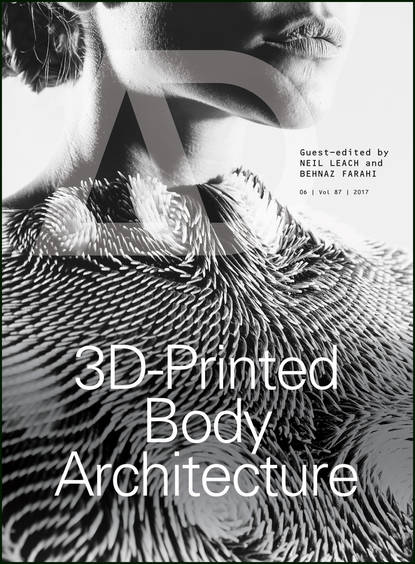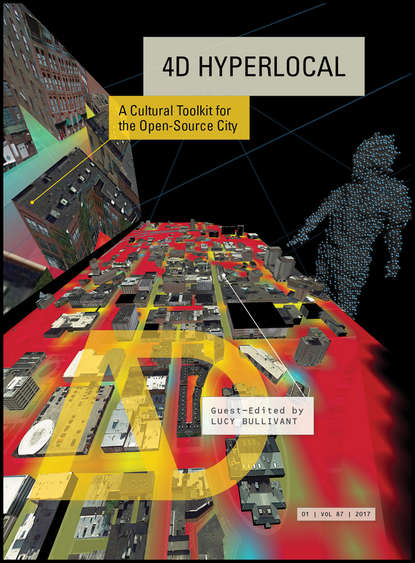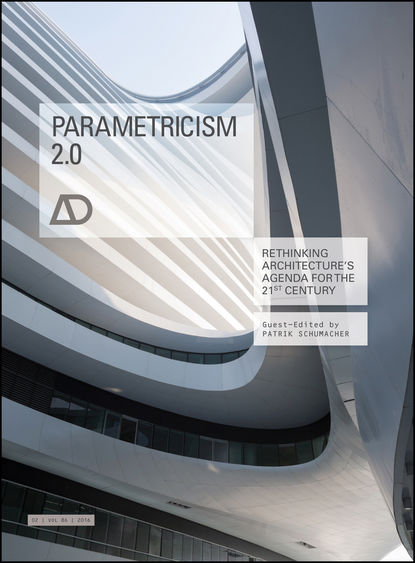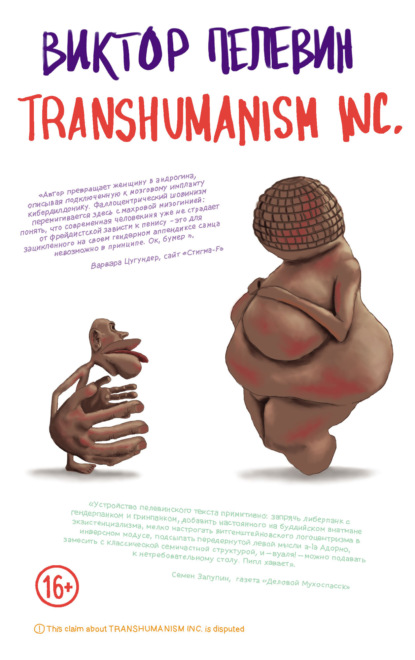Некоторые архитекторы мечтают о 3D-печати домов. Некоторые даже фантазируют о 3D-печати целых городов. Но каков реальный потенциал 3D-печати для архитекторов? Это издание фокусируется на другом направлении практики 3D-печати, появляющемся среди архитекторов, работающих в гораздо меньших масштабах, которое потенциально более значимо. Несколько архитекторов работали с индустрией моды, чтобы создать изысканные 3D-печатные изделия. Другие архитекторы занимались 3D-печатью еды, ювелирных изделий и других предметов в масштабе человеческого тела. Но в чем значение этой работы? И как эти 3D-печатные предметы в масштабе тела соотносятся с архитектурой? Являются ли они просто отвлечением от настоящей работы архитектора? Или они указывают на новую форму прото-архитектуры, как мебель, кофейники и павильоны до них, которая проверяет архитектурные идеи и исследует тектонические свойства в меньшем масштабе? Или эта работа представляет собой совершенно новую область дизайна? Другими словами, следует ли рассматривать 3D-печать в человеческом масштабе как новый жанр "архитектуры тела"? Этот выпуск содержит некоторые из самых захватывающих работ в этой области на сегодняшний день и стремится проанализировать ее значение.
Электронная Книга «3D-Printed Body Architecture» написана автором Neil Leach в году.
Минимальный возраст читателя: 0
Язык: Английский
ISBN: 9781119340171
Описание книги от Neil Leach
Some architects dream of 3D-printing houses. Some even fantasise about 3D-printing entire cities. But what is the real potential of 3D printing for architects? This issue focuses on another strand of 3D-printing practice emerging among architects operating at a much smaller scale that is potentially more significant. Several architects have been working with the fashion industry to produce some exquisitely designed 3D-printed wearables. Other architects have been 3D-printing food, jewellery and other items at the scale of the human body. But what is the significance of this work? And how do these 3D-printed body-scale items relate to the discipline of architecture? Are they merely a distraction from the real business of the architect? Or do they point towards a new form of proto-architecture – like furniture, espresso makers and pavilions before them – that tests out architectural ideas and explores tectonic properties at a smaller scale? Or does this work constitute an entirely new arena of design? In other words, is 3D printing at the human scale to be seen as a new genre of 'body architecture'? This issue contains some of the most exciting work in this field today, and seeks to chart and analyse its significance. Contributors include: Paola Antonelli/MoMA, Francis Bitonti, Niccolo Casas, Behnaz Farahi, Madeline Gannon, Eric Goldemberg/MONAD Studio, Kyle von Hasseln/3D Systems Culinary Lab, Rem D Koolhaas, Julia Kӧrner, Neil Leach, Steven Ma/Xuberance, Neri Oxman/MIT Media Lab, Ronald Rael and Virginia San Fratello, Gilles Retsin, Jessica Rosenkrantz/Nervous System, and Patrik Schumacher/Zaha Hadid Architects.



















